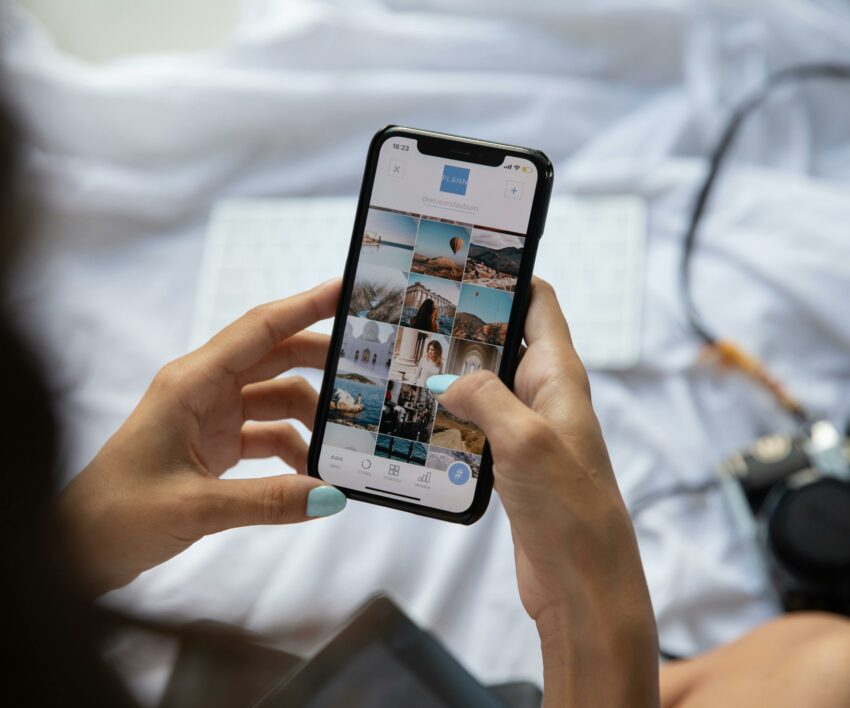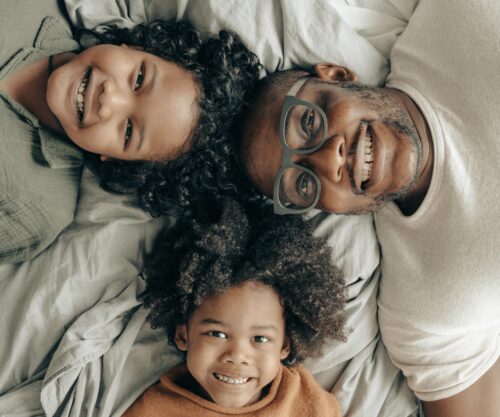
Posting Less: The New Social Media Power Move
Remember when Instagram feeds were endless montages of latte art, mirror selfies, and every beach angle imaginable? Those days are fading fast.
In 2025, the social media “it girl” energy isn’t about posting constantly, it’s about posting intentionally. Oversharing is out, and curated content has taken the crown. The new mantra: quality over quantity.
Why We Used to Share Everything
Humans are naturally curious—and a little nosy. Social media gave us the perfect stage to showcase every thought, meal, or gym session. Sociologist Ben Agger noted that people often share “more of their inner feelings, opinions, and sexuality than they would in person, or even over the phone.”
But research shows oversharing isn’t harmless. A 2022 study in Psychological Reports found that teens who posted excessively about daily life and emotions reported higher levels of psychological distress. The compulsion to share can be linked to struggles with self-esteem and validation, turning “posting” into a high-stakes game of likes, comments, and engagement metrics.
The Rise of Digital Minimalism
Fast forward to today, and digital fatigue is real. We’re still scrolling—TikTok isn’t going anywhere—but the pressure to document every moment has softened. People are turning to selective sharing, keeping private life updates within close friends’ circles or subtle hints rather than public feeds.
Celebrities and influencers are leading by example, proving that depth and authenticity beat volume. Instagram’s “Close Friends” feature has become the modern diary: a space for unfiltered memes, blurry selfies, or casual updates that don’t need approval from the algorithm.
Gen Z Champions Intentionality
Generation Z has embraced the “less is more” approach. Daily uploads are being replaced by thoughtful photo dumps, moody film camera shots, and captions that actually mean something. The focus isn’t look at everything I’m doing, but here’s one moment that truly matters.
Hootsuite’s 2024 Digital Trends report shows that while short-form content like Reels and TikToks dominate, curated posts receive higher engagement, proving that deliberate sharing resonates more than constant posting.
Privacy, Boundaries, and Mental Health
Pulling back doesn’t mean disappearing. It’s about reclaiming control, protecting mental health, and balancing self-expression with boundaries. “Soft launches”, subtly revealing relationships or life events—are a perfect example of this strategy.
Even tech habits are changing. Minimalist phones and “dumb” devices, once nostalgic curiosities, are making a comeback among young adults seeking a mental reset from constant notifications. According to Forbes (2024), sales of these devices surged as people prioritized offline living.
Reducing oversharing isn’t just trendy, it’s therapeutic. Studies in the Journal of Social and Clinical Psychology show that cutting back on social media can lower anxiety and depression. By posting less, we stop performing for the digital audience and start living for ourselves.
Life Beyond the Feed
The real payoff? Freedom offline. Without the constant pressure to document brunches, outfits, or concerts, we can experience life in the moment. Selective sharing nurtures genuine connections, the kind that don’t rely on filters or captions, and protects our mental space.
In 2025, the power move isn’t about capturing every moment—it’s about choosing what matters, keeping the rest private, and thriving beyond the scroll.
Source: IOL
Featured Image: Pexels




